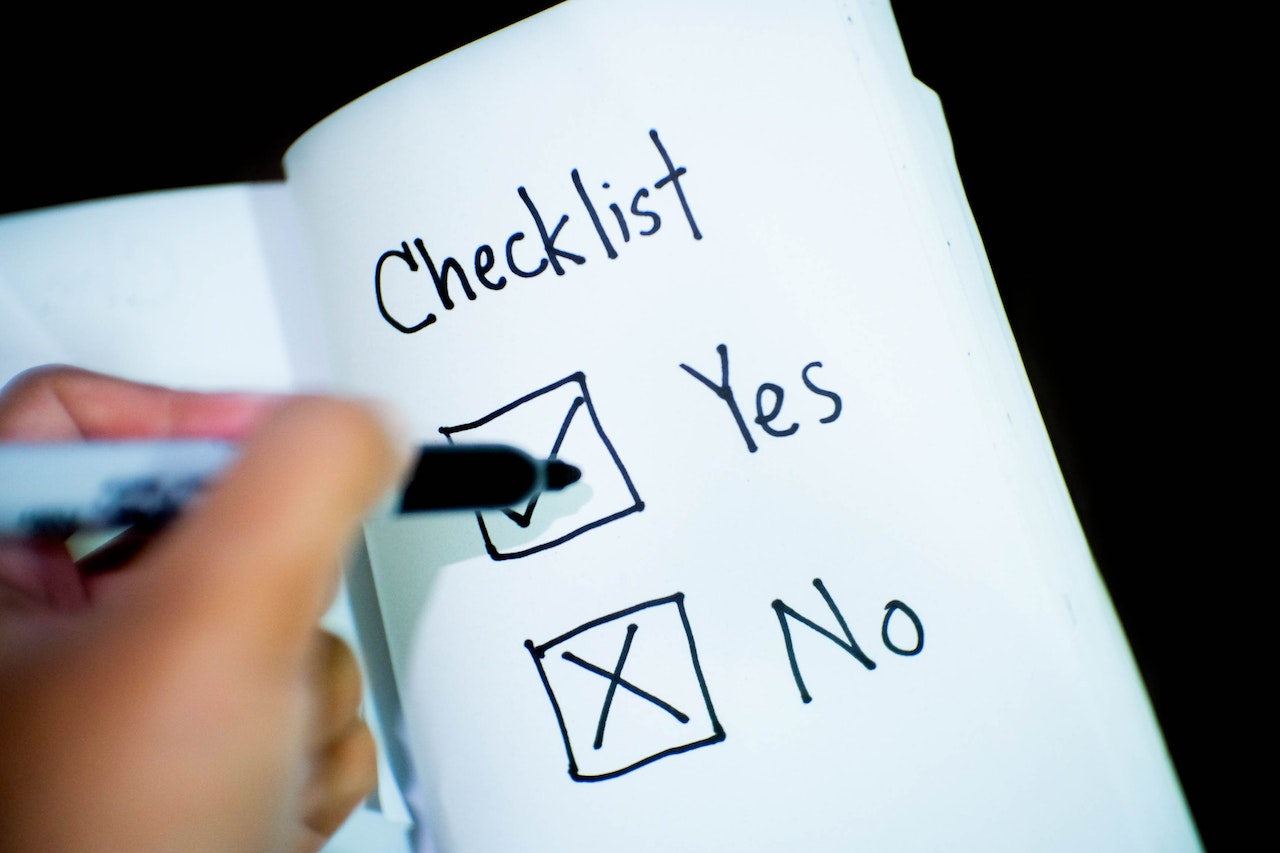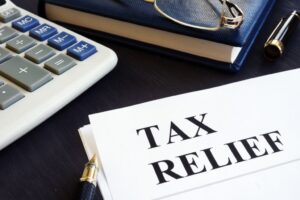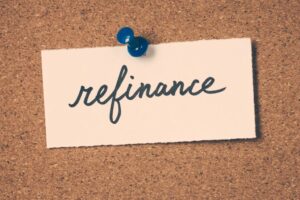Thinking about taking a loan? You’ll have a better experience if you start preparing now. Having all the right documents ready to go can make an otherwise complicated process much easier. This article explains how a loan documentation checklist can simplify the loan application process (and potentially help you get approved faster).
Understanding the Need for a Document Checklist
If you think you can get a loan by simply flashing a smile or showing a single pay stub, think again. Lenders assume a lot of risk with each loan application they approve. It’s only natural for them to be exceptionally cautious with every potential borrower who walks through their doors. If they fail to carefully vet all borrowers, they could end up on the wrong end of a defaulted loan.
But even though lender cautiousness is warranted, that doesn’t mean the loan application process isn’t headache-inducing for borrowers. From income verification to documents showing your proof of address, there’s often a lot of paperwork involved. Fortunately, a document checklist can make everything a lot less overwhelming for you as a borrower. It may also help speed up the application and approval process by reducing unnecessary delays.
What To Include in Your Document Checklist
You’ll need to have some basic documents with you when you seek a loan. They include a filled-out application, proof of income, and proof of identity. Some lenders may require or request additional documentation, such as a list of your monthly expenses. This information is intended to provide further insight into whether you can comfortably meet monthly loan payment obligations.
Certain lenders may have unique documentation requirements that aren’t listed here. But this article covers the main documents that are most commonly required to take out a loan. To ensure everything goes smoothly, include the below documents in your document checklist and prepare them in advance.
Application
A loan application is a formal document a borrower must complete to initiate the lending process. The lender will review your completed application along with other required documentation to determine your qualifications. Different lenders have varied application formats, but most require the same general information. You’ll need to provide your full name, social security number, birth date, and phone number (as a minimum).
Many lenders offer digital applications. Others require applicants to fill out and submit paper applications in person. You can visit your lender’s web page to see if a digital version is available. Remember to fill out every field completely and with truthful information. Empty information fields or false information could lead to an application’s rejection.
Proof of Income
Don’t expect lenders to take your word for it when it comes to your salary. They’ll want to see proof of your earnings so they can determine whether you’re a high- or low-risk borrower. If you get a regular paycheck, hang onto your pay stubs and bring at least two with you to the bank. Make sure they’re recent or they won’t satisfy your lender’s requirements.
If you’re self-employed and don’t have pay stubs, don’t worry. Most lending institutions will also accept bank statements, 1099s, W-2s, or tax returns as proof of income. If you’ve recently switched jobs, ask your new employer for a proof of income letter. You can find templates for such letters online.
Proof of Identity
You won’t get very far in the loan approval process until you prove you’re who you claim to be. You’ll need to bring two forms of identification with you when you take a loan. The first form should ideally be your driver’s license or another type of state-issued ID. The other form can be a birth certificate, passport, social security card, military ID, or certificate of citizenship.
Proof of identity requirements are designed to ensure applicants are at least 18 years old. They also reduce the threat of fraud or identity theft. If you don’t want to carry original copies of your identification documents with you, many lenders will accept copies. Some lenders may also allow you to upload your identification documents electronically.
Proof of Address
You’ll need to bring one or more documents to verify your address when you apply for a loan. Lenders prefer borrowers who have stable living conditions. They also need to know where to send your loan statements if you’re approved.
You can use a utility bill, mortgage statement, property tax receipt, or bank statement as proof of address. Most bills or statements that are addressed to your name and address should fulfill your lender’s address verification requirements. If you have recently moved and need to confirm a change in address, head to your nearest post office. There, you can fill out a change of residential address form that you can present to your lender.
Be advised that some lenders may have additional documentation requirements that aren’t listed here. Before you begin the application process, it’s wise to call and ask the lender what information you need. You should also know that even if you have all the required documents when applying for a loan, approval isn’t guaranteed. Many factors are involved in the loan review and approval process. But understanding and preparing a document checklist in advance can help make the entire process much less intimidating and complicated.




